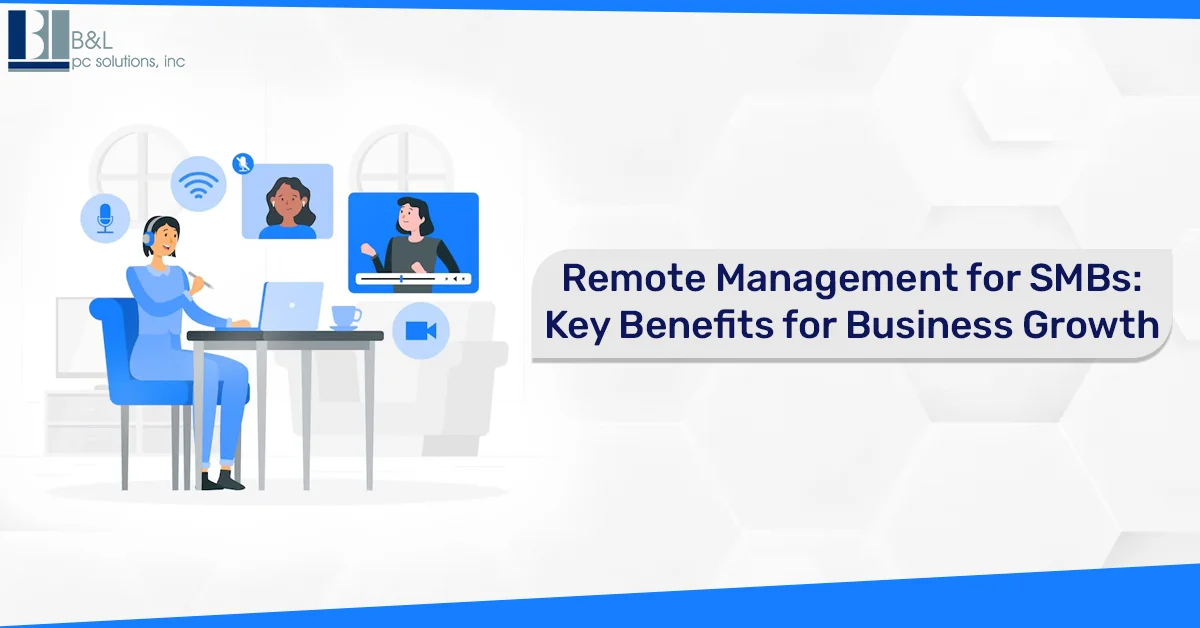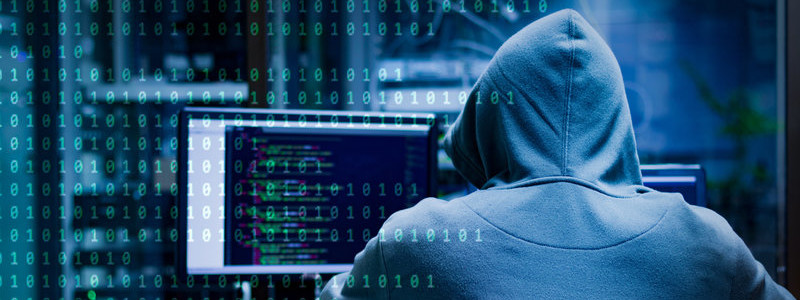
In the modern world, where the Internet plays a significant role in running organizations, organizations of any type and size are trying to implement methods of managing individual employees and their work remotely. Remote management technology enables intermittent or constant supervision of IT systems, devices, and networks without physically being on the scene, which is possible only if the business goes on as planned. it is possible to collaborate with an IT Managed Service Provider Long Island to gain some competitive and secure benefits in productivity and integrated solutions.
In this blog, you will get an overview of remote management for SMBs, the reasons for adopting it, its components, and how to apply it to an organization. Whether your business is Internet-based or conventional IT, it is expedient to understand remote management as it maps the fortunes of SMBs through enterprise-level businesses.
What is Remote Management?
Remote management describes the situation where an IT administrator monitors, oversees, and manages computer systems and devices from an offsite location. This is because of different instruments and implements like Remote Monitoring and Management (RMM), Cloud management, and Data Encryption VPN. IT administrators can log in to the system, diagnose a problem, provide a software fix, or monitor network security remotely.
For such companies, remote management helps maintain IT resources that are as easily controlled, secure, and effective as they would be if everybody worked at the main office.
Key Benefits of Implementing Remote Management Solutions
Outsourcing, such as remote management, provides several opportunities for business organizations, especially those related to IT help and infrastructure.
1. Cost Savings
Remote management can help owners dramatically decrease operational costs such as hiring their own IT staff, traveling costs, and time required for hardware availability. According to the Gartner study, managerial implementations of remote working have resulted in a 30% reduction in costs related to IT support services Long Island
2. More Organization and Extra Power
Remote management for SMBs also enables IT departments to solve problems, make updates, or manage infrastructures on the field without waiting for a technician to come all the way. A report by Forrester Research shows that when organizations implement remote IT management solutions, the time they take to address IT problems is cut by half, allowing employee productivity.
3. 24/7 Monitoring and Support
Through remote management tools, IT departments can unattendedly oversee the systems to ascertain that potential failures are detected and resolved before affecting many clients. This is especially true when a business might be engaged in business across the globe or have employees who work odd shifts. Continual support is useful to enhance the time the systems are up and running and reduce time down due to failures.
4. Improved Security
Most remote management systems have internal security features that allow IT departments to secure systems against future attacks. Businesses can improve their security stance through access controls, real-time threat identification, and timely patching. 75% of IT professionals reported that remote management tools help them identify and resolve security vulnerabilities faster than traditional methods (source: TechRepublic).
5. Scalability
Remote management systems are very flexible in their operations, thus making them perfect for expanding companies. It is essential to keep abreast of requirements and adjust to the scale of a company's growth in terms of staff numbers and geographic locations. Thus, the benefit of remote management is that adjustments can be made to IT facilities to justify the new need without needing to install new requirements for a physical addition.
Read More Blog : VPN vs. Virtual Desktop: What's the Difference in 2025?
What are the Main Sections of Remote Management
| Component | Description |
|---|---|
| Remote Monitoring and Management (RMM) Software | RMM tools enable IT teams to monitor and manage devices, networks, and servers in real time to ensure maximum performance and security. |
| Cloud-Based Management | Cloud-based platforms host data, applications, and infrastructure businesses can access remotely and from any location with Internet access. |
| Virtual Private Network (VPN) | With VPNs, it will now be possible to gain protected entry to the firm's network from remote locations and ensure that data is encrypted and protected during transmission. |
| Automated Software Deployment | Remote management solutions enable IT teams to make patches, updates, and software updates online, which means systems will always be up-to-date and secure. |
| Device Management | Remote management tools allow companies' IT departments to manage and secure company devices such as laptops, tablets, or even smartphones on all levels to comply with the same security levels. |
Let's find out how remote management for small and medium businesses works. To do this, we'll consider the most critical elements making this process effective:
Using a Remote Management Model: Comparison of Best Practices
To ensure the successful implementation of remote management, here are some best practices that organizations should follow:
1. Select the Best Remote Monitoring Tool
It's essential to recognize that not all remote management tools are the same. Depending on your specific business requirements, you need to choose between comprehensive RMM (Remote Monitoring and Management) software or a cloud management platform. Additionally, you should verify how well the tool integrates with your existing systems and ensure the necessary security measures are in place.
2. Have Compelling Security Policies
Security should always be a priority wherever it is used when implementing remote management. Make sure all remote connections are encrypted and must include multi-factor authentication. This is especially important because the systems are open source and need updating for different security breaches periodically to ensure that no exploit is available to a potential hacker and that all possible risks to the security of the system have been detected.
3. Employee Training
IT departments are likely already acquainted with such applications for remote control, but general employees should know how to use these services safely. This may assist in eliminating an accidental security leakage or improper use of remote management tools.
4. Regularly Monitor and Audit Remote Access
Although most system Management is done remotely, you can still afford to pay attention to their regular supervision. Configure auto-generated alerts to monitor system activities and ensure that remote access is used correctly.
Conclusion
Remote management is highly effective for today's organizations because it saves costs, provides flexibility, and improves security. For Companies in Long Island, we recommend working with an IT Company or an Managed IT Services Long Island to assist you in your implementation and Remote Management Solutions. With intelligent remote monitoring, cloud computing, and virtual connections, companies may guarantee that their IT environment is protected, efficient, and able to support the company's development.
Interested in improving your IT management through remote solutions? Contact B&L PC Solutions, the IT Managed Service Provider located in Long island, and get started on the path to proper remote management now.
Do you need help managing your information technology structures? We as an IT Services Company Long Island are ready to offer you a unique approach to your business.
Tags: Benefits of Remote Management Solutions, Best IT Company Long Island, IT Managed Service Provider Long Island, IT Support Services Long Island, Managed IT Services Long Island, Remote Management for SMBs, Remote Management Model, What is Remote Management?





